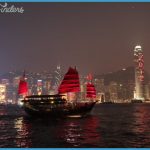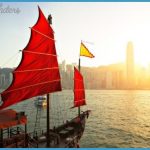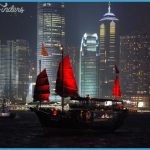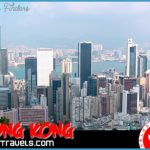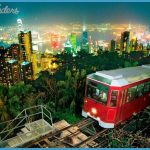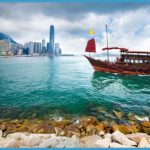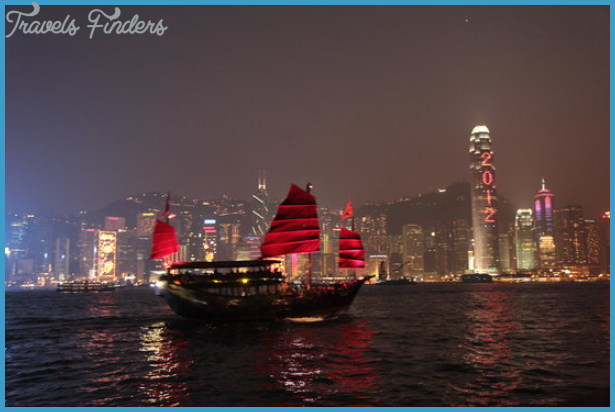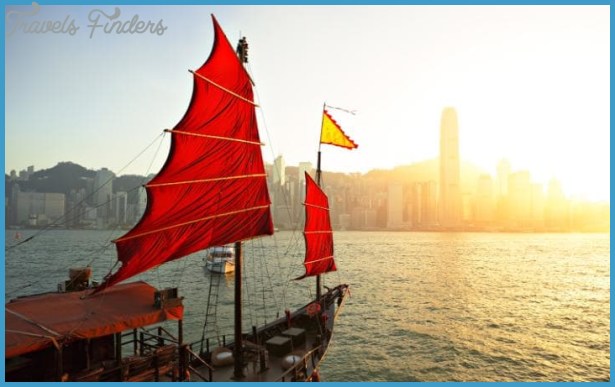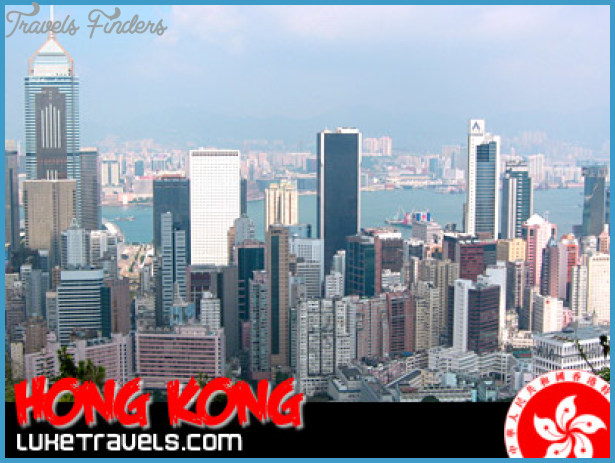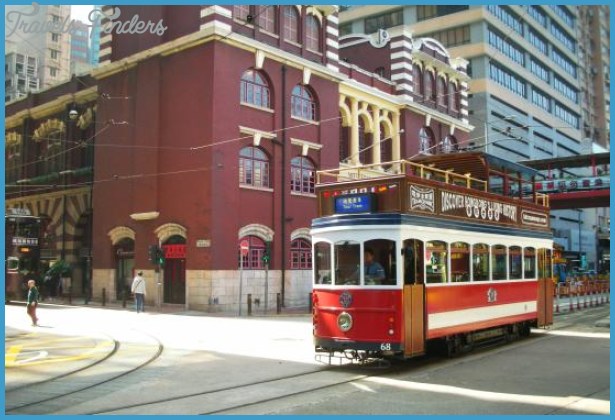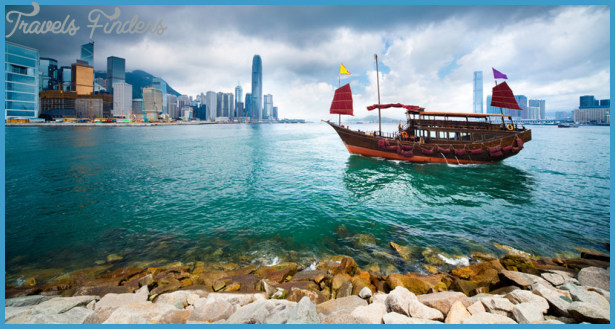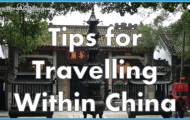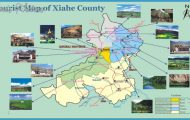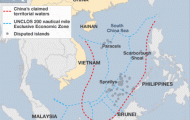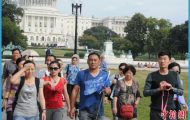The New Territories also possess various areas under environmental protection which are known as “country parks”. Here the visitor can find plenty of greenery, extensive stretches of water, attractive duck-ponds, beaches (Clearwater Bay in the extreme south-east has a good beach for bathing) and high points which offer excellent views. These all make a welcome change from the hectic bustle ofthe built-up areas of Kowloon and Victoria. However, even away from the centres of population, new industrial zones and residential districts are continually springing up and these threaten the continued existence of these protected natural areas. A popular area for walking is provided by the surroundings ofthe large Tai Lam Chung Reservoir in the south-west ofthe mainland.
The most westerly part of the New Territories and a popular place with beachgoers is the area known as Castle Peak, which takes its name from the hill of that name (583m/1913ft), which is said to have been the scene of a number of battles. The district has villa developments in green surroundings, as well as large social housing complexes. Among the industrial installations here the seawater desalination plant at Lok On Pai should be mentioned.
On the slopes of Castle Peak Hill stands the Buddhist monastery of Po Toi, with a small temple and the “Dragon Gardens” (with reproductions of old Chinese buildings).
Near Castle Peak Hospital stands the Taoist Ching Chun Temple (1959) with remarkable roof decorations.
In the north-west ofthe New Territories we come to the little country town of Yuen Long, which, with its picturesque little streets and Chinese craft workshops, is well worth a visit. It is also worth making a detour further north-westwards to the little town of Lau Fau Shan, situated on a tongue of land extending into Deep Bay (Hau Hoi Wan). Here oysters, fish and ducks are farmed and the fish restaurants enjoy an excellent reputation.
Some 4km/2 miles east of Yuen Long lies the 16th/17th c. village of Kam Tin (real name Kat Hing Wai), which is surrounded by a wall and moat and can only be reached along a single narrow entranceway (admission fee). Descendants of the founding Tang family still live there. In the nearby area there are another five such walled villages.
In the far north of the New Territories is the border with the People’s Republic of China. The border is surrounded by a no-go zone which can only be visited with a special permit. It is possible, though, to look over into Chinafrom certain raised viewing points-such as Lok Ma Chau inthe west.
Just the other side of the border the People’s Republic of China has set up the “special industrial zone” of Shenzhen (including a large amusement park) which can be visited with a special visa valid for three days. This is usually done by taking the train from the Lo Wu border station; for information and bookings contact travel agencies in Hong Kong.

